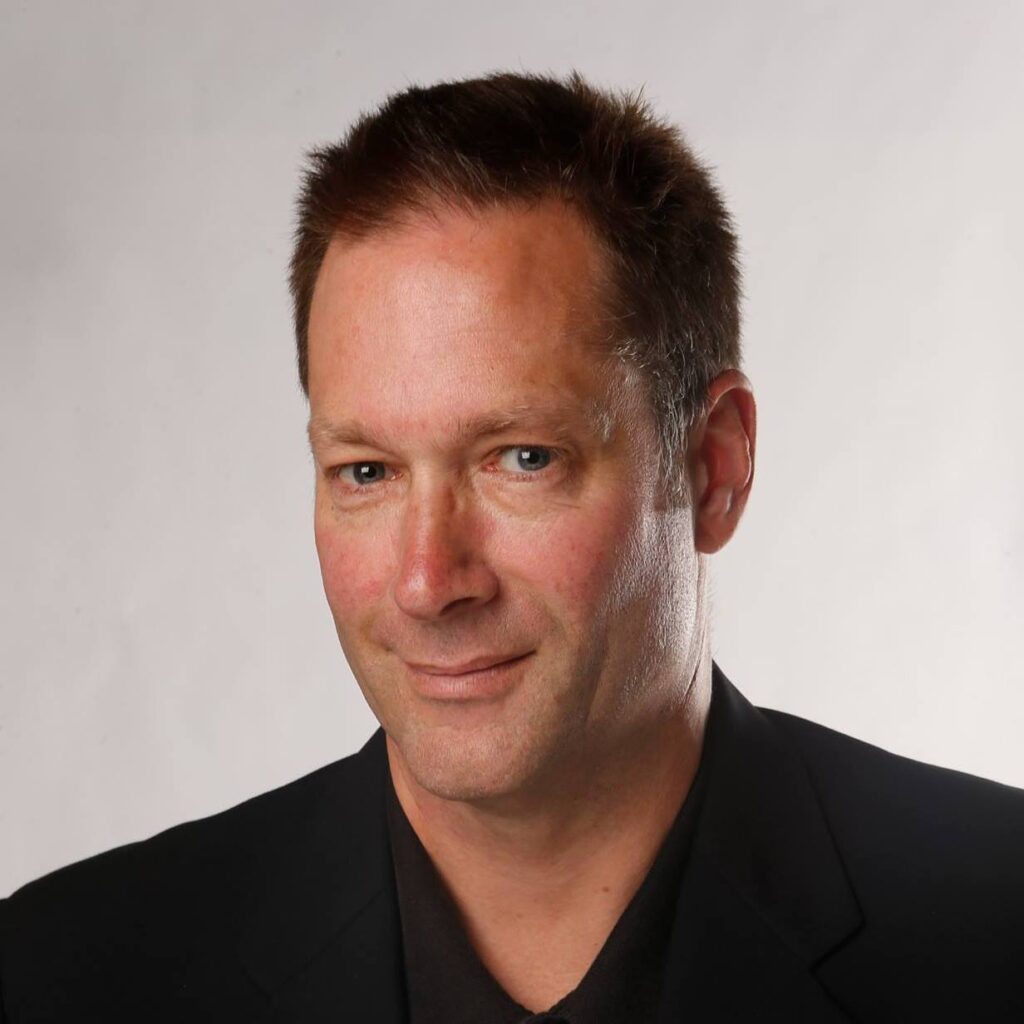Camp for a cause
A series of University of Oregon summer programs aims to give low-income high school and middle school students a taste of college life
And they say there’s no free lunch in this world.
Not only are about 90 area high school students getting a free lunch every day this week and next week on the University of Oregon campus, they’re getting a free education, too, thanks to a unique summer camp program.
“It’s a big win-win situation because we get to come here and learn for free and all have all these hands-on activities,” said Dylan Johnson, who will be a junior at Eugene’s Sheldon High School this fall. “And you get $50,” he said, referring to the gift certificates given to all the students in the UO’s Summer Academy to Inspire Learning, or SAIL, program.
The program was started in summer 2006 by UO economics professors Bruce Blonigen and Bill Harbaugh as a one-week day camp focused on economics for 15 Springfield Middle School students. Its aim is to increase college enrollment among students from low-income families by introducing them to college life before they’ve even taken their first high school class.
The program recruits bright students its organizers say belong in college but who are unlikely to get the opportunity. About 25 students are recruited every spring.
SAIL has a four-year focus and includes not just the economics camp for incoming high school freshman but also the psychology and neuroscience camp for soon-to-be high school sophomores, the physics and human physiology camp for juniors and the creativity and persuasion camp for seniors. The program is free and run by volunteer UO faculty and graduate and undergraduate students.
It also has received about $150,000 in donations over the years, the vast majority from Shirley Rippey, a 1953 UO graduate from Portland and longtime major donor to the university, and her husband, James Rippey, also a ’53 UO graduate.
“We started (the camp), really, just as an experiment,” Harbaugh said. It was a reaction to the UO’s diversity plan of 2006, “Which we thought was just a bunch of talk,” Harbaugh said. “We wanted to do something a little bit more relevant.”
At 10 a.m. today, that relevancy will take the dozen students in the physics and human physiology camp that began Monday to the cadaver lab in Willamette Hall to learn about anatomy. And won’t that go well with that free, all-you-can-eat cafeteria lunch?
Actually, Johnson and the other students are quite excited to meet some nonliving folks who donated themselves to science.
“It’s all good,” said Johnson, who is thinking about attending Northwest Christian University in the fall of 2011 if he can figure out a way to pay tuition.
It’s not only the financial donations from the Rippeys but also the volunteer time provided by UO faculty and students that have allowed the program to exist, Harbaugh said. Almost 30 professors are listed as volunteers for the two camps running this week and the two next week. Even UO president Richard Lariviere is scheduled to give students a lecture on Sanskrit, the ancient language of India, in which Lariviere earned his doctorate.
“It’s the right thing to do,” said Paul van Donkelaar, an associate professor of human physiology, on why he chose to volunteer his time starting last summer. Van Donkelaar is leading this week’s camp for incoming high school juniors, along with Raghu Parthasarathy, an assistant physics professor.
On Wednesday, students descended into the motion analysis laboratory in the basement of the UO’s Gerlinger Annex to learn why human beings walk the way they do.
Four human physiology graduate students led the students through four different stations, including one in which reflective markers were attached to the students’ bodies as they walked through an area beneath eight infrared cameras that can shoot up to 200 photographs a second. The markers appear as dots floating on a large screen that enables researchers to study such things as falls in the elderly and locomotion of track athletes.
At another station, doctoral student Scott Breloff encouraged Springfield High School student Halla Walton to push as hard as she could on what looked like an exercise machine for biceps curls. The Biodex machine measures the amount of force produced by certain joints — the elbow in this case.
The SAIL program recruits eighth-grade students every spring for the economics camp in the hopes they’ll attend four straight summers. Students this year were recruited from Springfield and Hamlin middle schools in Springfield, and Prairie Mountain School and Cascade Middle School in the Bethel School District, said Lara Fernandez, who became SAIL’s first full-time employee this year as the program’s associate director.
“Eventually, we want to serve all of Oregon,” Fernandez said.
To be eligible for SAIL, students must be part of the federal free and reduced price lunch program for students from low-income families, Fernandez said.
Katie Castro, a 2010 Springfield High School graduate who attended the SAIL camp all four summers, is the program’s first graduate to go on to college. She will be a freshman at the UO this fall and was hired to be a camp counselor this summer.
“I wasn’t super interested in it, but my parents thought it would be a good opportunity for us,” Castro said. Her brother, Anthony, also was in that first camp four summers ago.
But Castro, who has received two scholarships to attend the UO and applied for financial aid through programs she learned about in SAIL, is glad she attended the camp.
“It gave me the incentive to go to UO,” she said.

Mark Baker has been a journalist for the past 25 years. He’s currently the sports editor at The Jackson Hole News & Guide in Jackson, Wyo.
